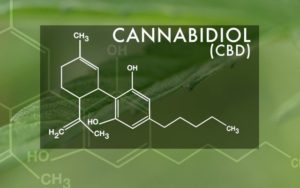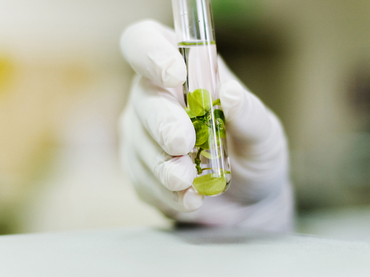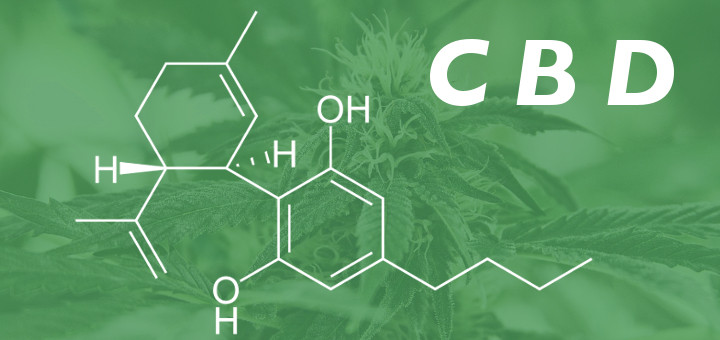 this article is under construction
this article is under construction
In this article, you’ll discover how CBD actually works with your body and not against it (like some synthetically made medications).
First off, you should know the basics of what CBD is. We cover this in our “What is CBD?” article, but as a refresher, you should know what a cannabinoid is…
What is a Cannabinoid?
Simply put, cannabinoids are naturally occurring compounds found in the cannabis plant. There are dozens of compounds including Cannabidiol (CBD), THC, and a host of other cannabinoids. Together they are responsible for the benefits and drawbacks to medical marijuana and industrial hemp-based products.
Technically, CBD and its sister cannabinoid compounds are classified as phytocannabinoids, which means that they’re derived from plants. But there are also several other types of cannabinoids you should know about too.
For example, the cannabinoids produced within the body’s endocannabinoid system are known as endocannabinoids (such as arachidonoylethanolamine, virodhamine, and many others). There are also cannabinoids manufactured via chemical reactions in laboratories, known as synthetic cannabinoids.
As you’ll see later, each type of cannabinoid interacts with the body in different ways. So now that you understand what a cannabinoid is, how does CBD work with your body?
Our Cannabinoid Receptors and the Endocannabinoid System
Here’s the second half of the equation. You see, your body actually has areas that are made specifically for cannabinoids — they are called cannabinoid receptor sites.
These sites make up the endocannabinoid system, which is responsible for numerous physiological and mental processes that occur naturally within the body, such as appetite, pain sensation, mood, memory, and more.
As we just stated, the endocannabinoid system includes a number of specialized cell receptors in the brain and in various other organs throughout the body.
These receptors fall into two types: CB1 and CB2. CB1 receptors are found mainly in the brain (but also in the liver, kidneys, and lungs), while CB2 receptors are found mainly in the immune system.
Here’s the fun part — cannabinoid substances actually bind with these receptors to coordinate various functions across the body.
What Kinds of Effects Can Cannabinoids Have on the Body?
As we discussed above, there are several types of cannabinoids. Even within phytocannabinoids, there are wide ranges of compounds and effects that we are still learning about.
Some of these cannabinoids interact strongly with one or both CB receptors, causing various effects, from regulating mood and helping us concentrate, to causing euphoric effects and feeling “high” (like THC). Other cannabinoids, like CBD, have fewer direct effects on the endocannabinoid system (keep this in mind as you read the next section).
To recap: Cannabinoids represent a diverse class of chemical compounds that can be very different from each other. Their only common feature is that they all act on the body’s cannabinoid receptors, either directly or indirectly.
External vs. Internal Cannabinoids
The endocannabinoid system works mainly with our the body’s own cannabinoids, which are produced internally. For example, arachidonoylethanolamine (AEA) is produced within the body and is thought to regulate several functions, including eating and sleep patterns and pain relief.
However, when cannabinoids are taken externally, it’s difficult to distinguish between the clinically desirable effects and the therapeutically undesirable effects of various phytocannabinoids. This is because cannabinoid receptors send a variety of signals that often interconnect to coordinate the body’s functions, so it’s hard to tell them apart.
For example, CB1 receptors send signals that simultaneously regulate pain and reduce inflammation, while cannabinoids that interact with CB2 receptors can at the same time affect gastrointestinal inflammatory response and peripheral nervous system sensitivity.
See why external cannabinoids (like CBD) can be a little more complicated?
Also, since people often take numerous different cannabinoids together (for example, using medical marijuana), it is hard to attribute specific effects to specific cannabinoids. That’s because unprocessed cannabis includes more than 60 different types of cannabinoids, including CBD and THC.
In addition, some cannabinoids interact synergistically, producing unique effects that are not found when using them individually. For example, CBD inhibits THC’s psychotropic effects when the two are taken together. However, CBD does this (and produces many other effects) without directly interacting with the cannabinoid receptors. At first, scientists thought there was a third type of CB receptor just for Cannabidiol, but the answer was far more interesting and revealing.
How Does CBD Work?
We just stated that CBD is fairly unique as far as cannabinoids go, because it does not seem to interact directly with either the CB1 or CB2 receptors. So what does it do if it’s not interacting directly with our receptors?
Here’s where it gets good…
Cannabidiol has a particularly low potential for binding with the CB1 and CB2 receptors, but instead acts as an antagonist of the receptors’ agonists. That’s a mouthful.
In layman’s terms, this means that CBD keeps the receptors working at optimal capacity and helps the function of all other cannabinoids, including the body’s own endocannabinoids.
Still with me? If you want to know more about the effects, read below, but if you’re often put off by scientific words, you might want to skip down to the conclusion…
What Effects Does CBD Have?
Now to understand CBD’s function within the body, we need to examine how receptors like CB1 and CB2 interact with other chemical compounds. But first you’ll need to know these three terms…
-
Agonists – chemicals that bind to a receptor and activate it to produce a biological response.
-
Inverse agonists – chemicals that bind to the same receptor as agonists but produce the exact opposite result.
-
Antagonists – the complete opposite of agonists as they inhibit or dampen the functions of a receptor.
The indirect interactions of CBD with the endocannabinoid system has many effects, some of which surprised scientists and are still being researched. Some of CBD’s functions include:
-
Effectively increases CB1 density, amplifying the effects of all cannabinoids that bind to CB1 receptors.
-
Acts as a 5-HT1a receptor agonist in the brain, a property that is largely responsible for CBD’s antidepressant, anxiolytic, and neuroprotective effects. This means that CBD has the same effects as some potent analgesics, but without the side effects.
-
Acts as inverse agonist of CB2 receptors, effectively reducing the effects of cannabinoids that make CB2 receptors less responsive.
-
Acts as an antagonist for the putative GPR55 receptor, an element of the endocannabinoid system that is still being researched. (It is suggested that GPR55 may be a third type of cannabinoid receptor altogether.)
-
Various modulating pharmacological effects such as modulating the function of delta opioid receptors, helping with pain, and controlling seizures.
Between the above functions, most of CBD’s observed effects are explained medically and pharmacologically. However, scientists are still unclear about how some of Cannabidiol’s effects are actually occurring. The most possible explanation is via the hypothetical GPR55 receptor, or through more indirect and synergistic effects that still await discovery.
Conclusions
Contrary to how most cannabinoids function, CBD interacts very mildly with the cannabinoid receptors themselves and instead either helps other cannabinoids to be better absorbed or stops the effects of whatever makes the receptors work less effectively.
The indirect nature of CBD’s effects have made it difficult for scientists to pinpoint its exact effects up to now, but many positive effects of this unusual phytocannabinoid are still being studied, with new discoveries going live on medical journals every few months.
The endocannabinoid system is closely interconnected with the nervous and immune system. Since CBD has been shown to boost just about every function of our cannabinoid receptors, it may be proven to have far-reaching positive effects and could potentially be used to treat numerous neurological or immune diseases.





